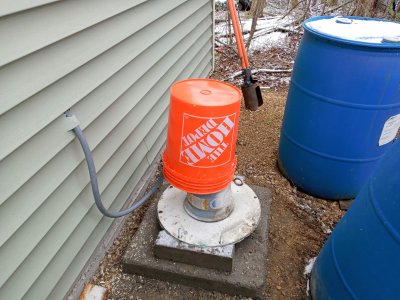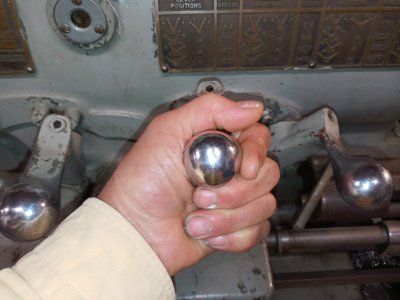- Joined
- Jan 2, 2019
- Messages
- 6,548
Would definitely be interested in the pony setup. I have an unused 1phase motor lying around too.That's one of the advantages of the pony set up. If you are a scrounger, or just can't afford the cost of buying the set up, you can do the entire thing pretty for cheap. All depends on where you are in life.
I continue to maintain that good work can be done safely, fun and affordably.
Daryl
MN
John



